Who says you have to be an interior designer to create your own home office in 3D and then bring it to life? 3D design software has gone far, and you don’t need extensive knowledge and skill to use it. Most apps, including Space Designer 3D, are pretty straightforward.
Many of them even come with comprehensive tutorials on how to use them. You can get a perfect rendition of your vision for your home office in 3D with little effort using design tools. Here’s how to do so.

Measure the Room
Before you start designing the room, you need to know its dimensions so that you can lay down the floor plan in the app. One way to figure them out is to resort to the good, old-fashioned measuring tape. Just pull it back from wall to wall to learn the dimensions, moving any furniture that might be in the way.
For greater accuracy, you can also try laser tape, which is less tiresome to use. You simply place the laser, press the button, and let it calculate the distance for you.
However, you should know that many design apps can measure the room for you. You simply scan the room with your phone, and they will do the math for you.
There are also independent room measuring apps you may want to try. If you use this method, it’s always a good idea to compare results from a couple of apps to check how accurate they are.
Think About What You Need From an App
Design apps can help you make anything, from simple sketches to stunning 3D renderings that you can almost smell! You just need to think about how detailed you want your design to be.
Are you just looking to gauge the general vibe your office will have, or do you want to see the exact painting you’re planning for that wall in the app?
How customizable do you need the software to be? For example, some apps offer generic furniture, which you can restyle and resize however you like.
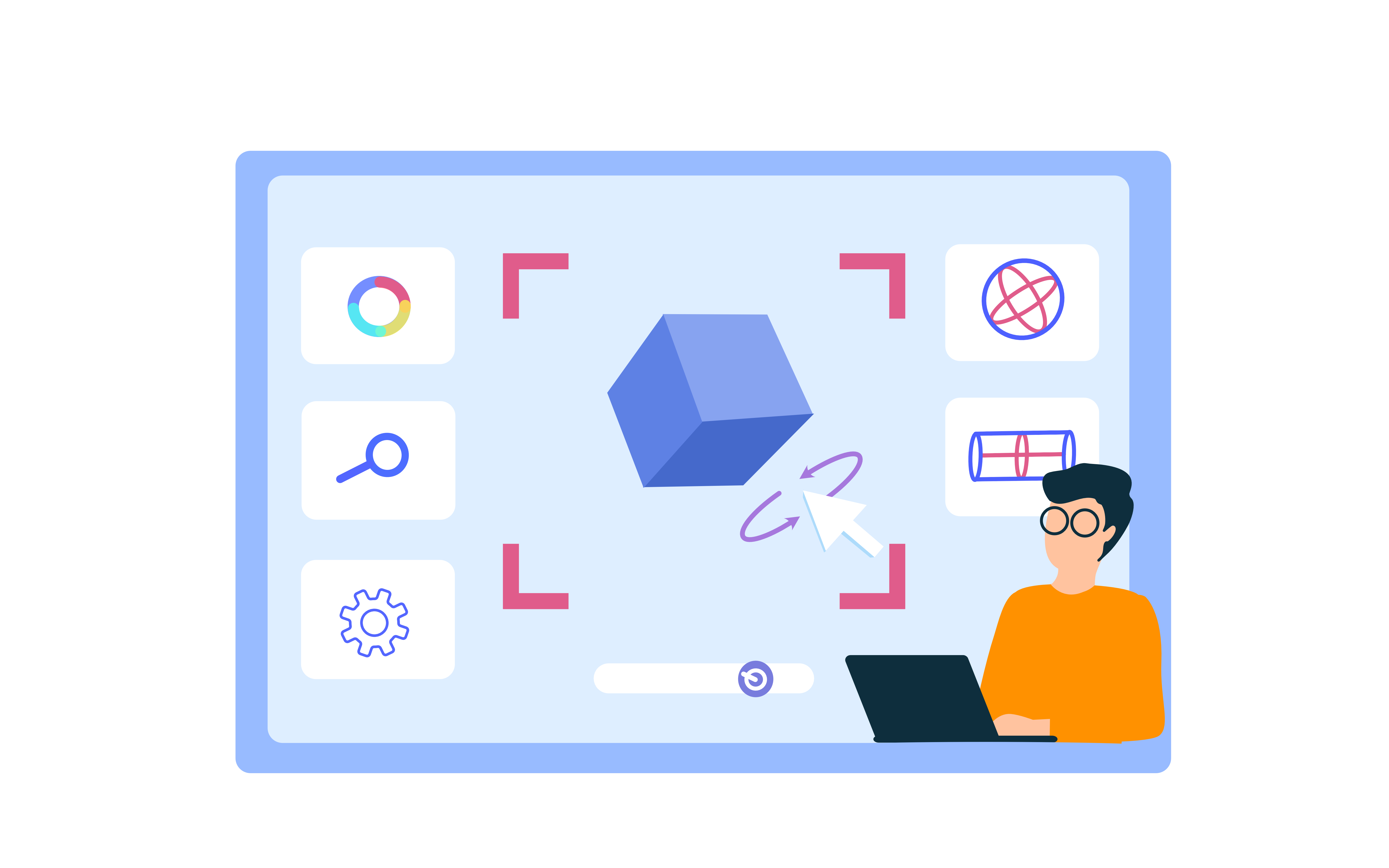
On the other hand, there are apps that allow you to try out the existing furniture of various brands. You cannot adjust the size of these items, though, because that is their actual size.
Some apps also allow you to import photos and the artwork you’d like to see in the room, change materials, patterns, and more. So you can go into as much detail as you like.
The app of your choice will likely be quite versatile.
Not only can you design rooms with it, but you can also use it to design the patio area, for example.
Draw the Space
So first, you need to lay the floor plan, which shouldn’t be that difficult.
Most apps make it super easy to draw it quickly and with precision. As mentioned, some even come with measurement tools, and you can view the space both in 2D and 3D.
This type of software often offers various basic shapes, which you can choose from and customize. Once you’ve got the shape of the office down, you can start flooring it with a material of your liking, be it stone, laminate, carpet, or anything else.
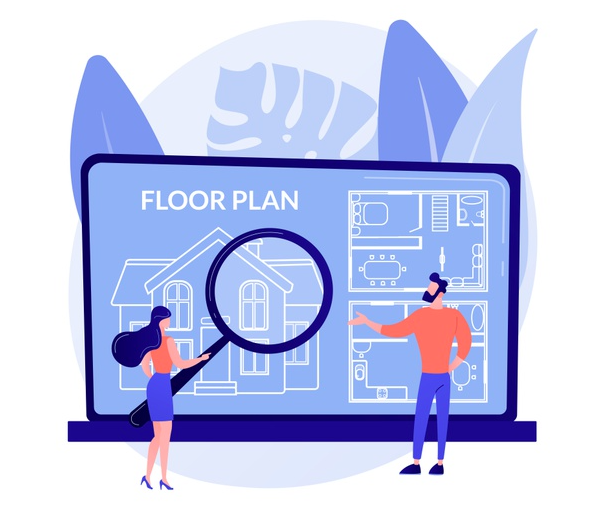
Then, select the doors and windows and adjust them. Some programs even allow you to choose the view outside your window.
Next, you need to decide on the color and texture of your walls. You may go as far as to add the fixtures, such as gas pipes, electrical items, and more.
Experiment With Furniture
Now comes the fun part — trying out furniture in your office space. Design software usually divides furniture into categories, so you may be able to select the home office and get a range of items for this category specifically.
In this case, you’ll probably have a selection of ergonomic chairs, desks, cabinets, and other items usually found in the office.
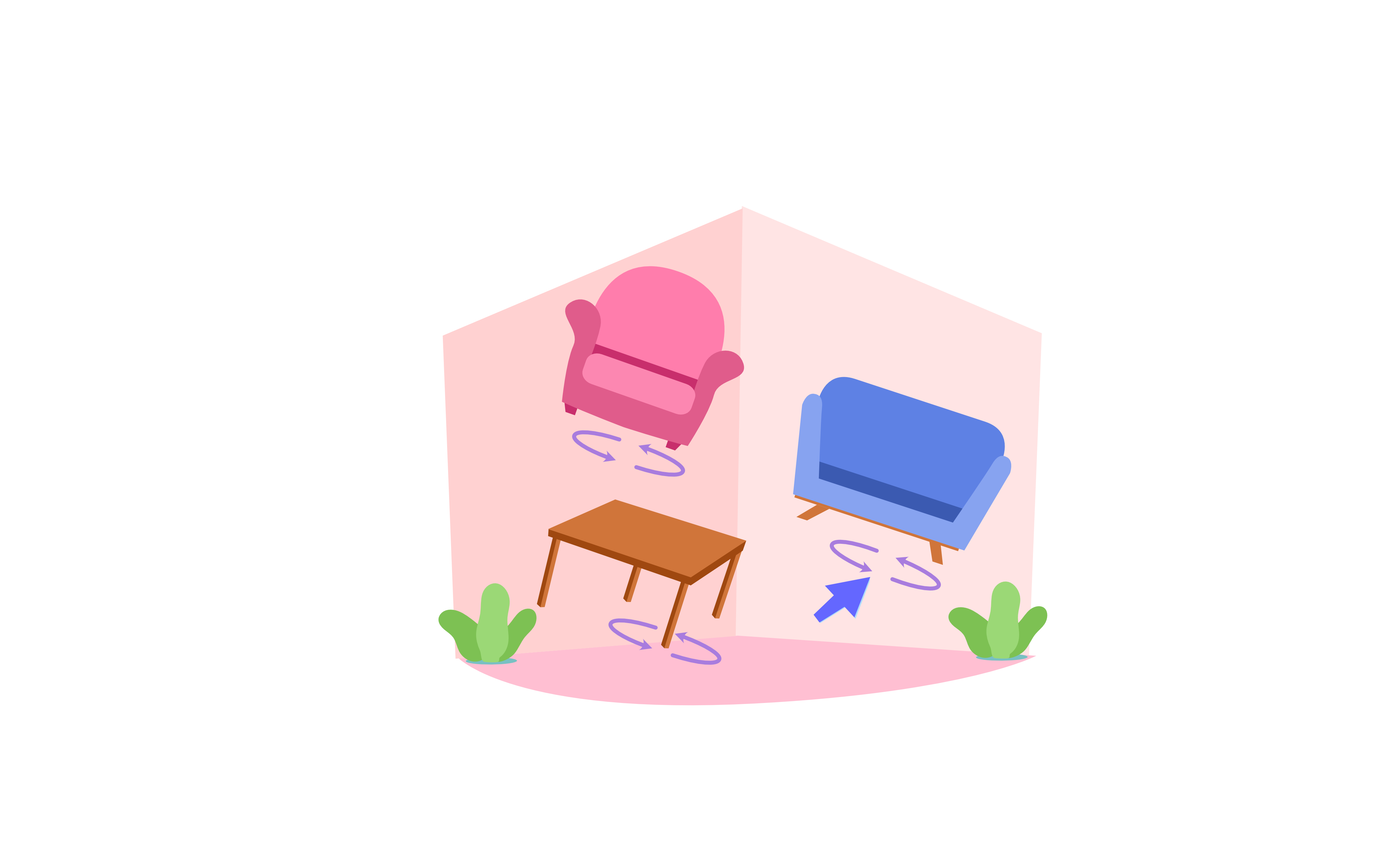
Manipulating the furniture and moving it around the room shouldn’t be difficult as most apps have a drag-and-drop interface. You can simply click on the item and drag it to the part of the room you want to see it in. You can also rotate it as you like. It’s best to do this in 2D and then switch to the 3D view to get a better idea of what it would look like there.
As we’ve mentioned, you’ll probably be able to resize the items as well as choose the texture and color to match the rest of the office. What’s more, the app will tell you if the item’s position will work in real space or if you’ll have to reposition it so as not to intersect with other objects and walls.
Add Finishing Touches
Once you have the bulk of the work done, you can add little details that will make the office more pleasant. You can add plants, adjust the lighting, play with different colors and patterns, add artwork, and much more.
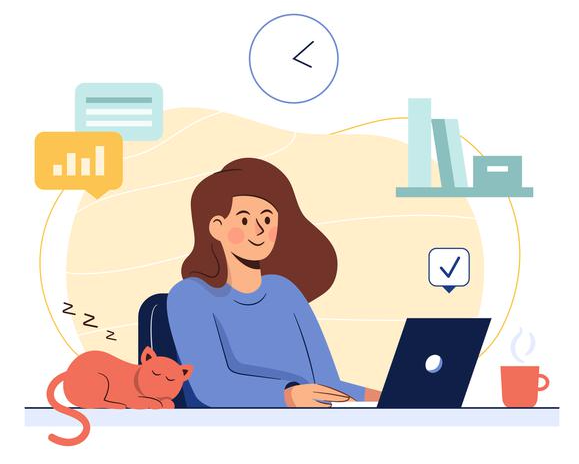
This is the phase of the project that lets your inner decorator shine. If you’re not sure what you can do to make the room feel cozier, you can always search for inspiration online.
Many sites offer home office decoration ideas, and you can always search the two staple inspiration platforms — Pinterest and Instagram.
Save and Share
Last but not least, take a 3D, first-person walk through your office to get a better idea of the space. The app will then allow you to save 2D and 3D plans and export them. This way, you can take your design and share it with others for ideas and comments.
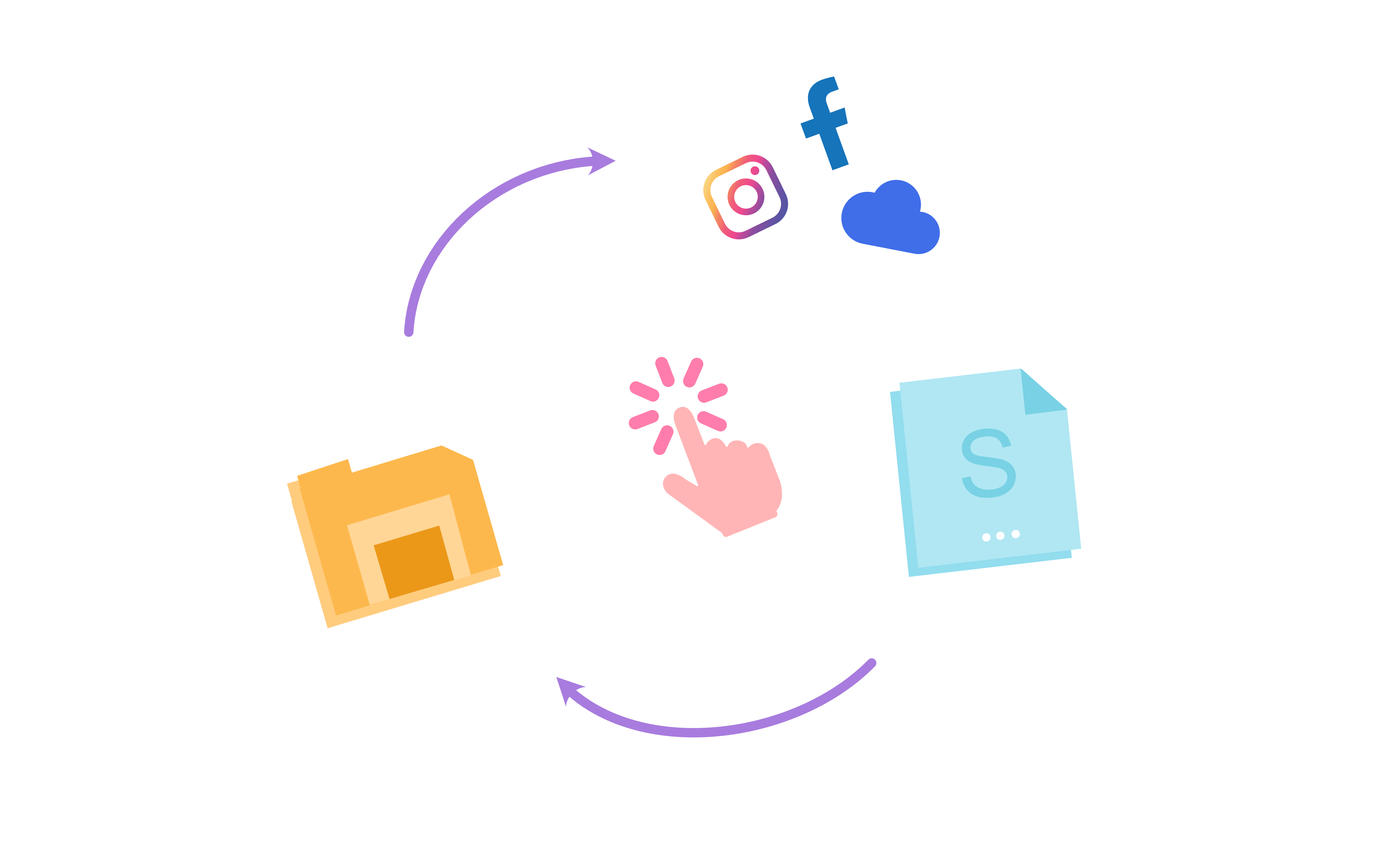
You can also save it as a reference point before you start working on it or send it to your contractor so that they understand your vision clearly.
As you can see, design tools are quite beginner-friendly and generally easy to use. They can help you explore your home office ideas, see if they work, and execute them flawlessly in real life.
XXX
Jennifer Wilson is a writer at Qeedle.com She knows business processes and operations management inside out. As she understands all the challenges of running a small business firsthand, it’s her mission to tackle the topics that are most relevant to entrepreneurs and offer viable solutions.
